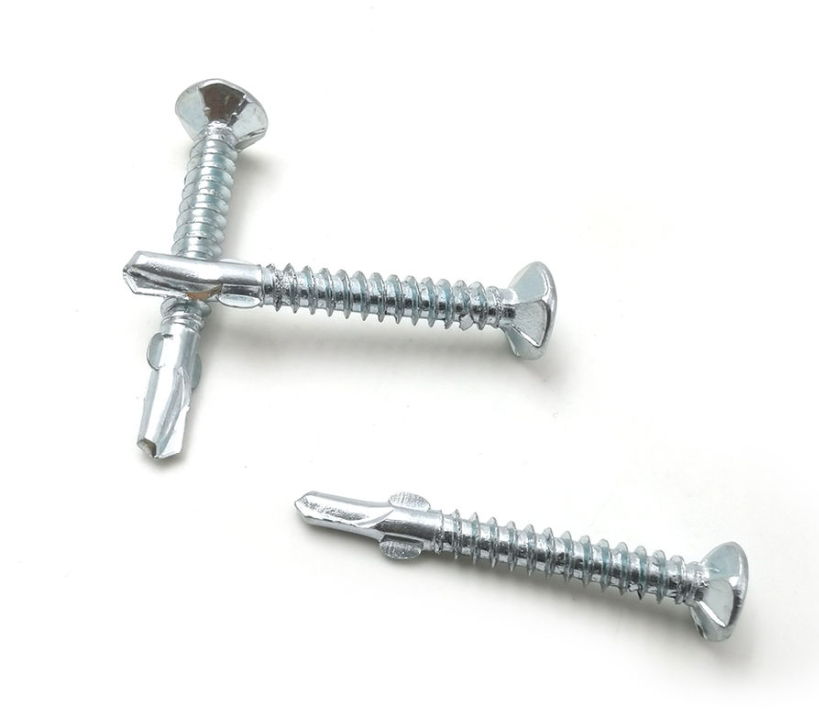custom rivet vs self tapping screw
Custom Rivets vs. Self-Tapping Screws A Comparative Analysis
In the world of manufacturing and construction, fastening elements play a crucial role in ensuring the stability and integrity of structures. Among various fastening methods, custom rivets and self-tapping screws are two popular options favored for their unique characteristics and applications. Understanding the differences between these two can significantly influence material selection and assembly processes.
Custom Rivets The Strength of Permanent Fixation
Custom rivets are often chosen for applications where a strong, permanent connection is necessary. These fasteners are typically made from metal and are used to join materials by inserting the rivet through pre-drilled holes and then deforming one end to hold it in place. The primary advantage of custom rivets lies in their ability to provide exceptional shear strength, making them ideal for load-bearing applications.
Moreover, custom rivets can be tailored to specific requirements, including size, material composition, and head design, which allows engineers to optimize the fastener for specific scenarios. This customization ensures that rivets meet exacting standards, particularly in aerospace, automotive, and heavy machinery industries where reliability and safety are paramount.
However, one of the drawbacks of using rivets is that they create a permanent bond. Once installed, rivets cannot be easily removed without damaging the materials being joined. This makes them less suitable for applications where disassembly is required for maintenance or repair. Furthermore, the installation of rivets often requires specialized equipment and skills, which can increase labor costs and time.
Self-Tapping Screws Versatility and Ease of Use
custom rivet vs self tapping screw

On the other hand, self-tapping screws offer a unique set of advantages that make them favorable in many situations. These screws are designed with a specific tip that allows them to create their own hole as they are driven into materials, eliminating the need for pre-drilling. This feature significantly reduces installation time and labor costs, making them a go-to choice for many assembly tasks.
Self-tapping screws are versatile and can be made from various materials, including plastics and metals, providing flexibility for different applications. They also allow for easy disassembly, which is beneficial in circumstances where regular access to the joint is needed for maintenance or modifications.
However, self-tapping screws typically do not offer the same level of shear strength as rivets, especially in heavy load applications. Over time, they may also experience loosening due to vibrations or thermal expansion and contraction, necessitating periodic checks to ensure tightness.
Conclusion Choosing the Right Fastener
Ultimately, the choice between custom rivets and self-tapping screws depends on the specific requirements of the project at hand. If a permanent, high-strength connection is needed, custom rivets are likely the better option. Conversely, for applications requiring flexibility, ease of installation, and disassembly, self-tapping screws are often the preferred choice.
By understanding the strengths and limitations of each fastening method, engineers and manufacturers can make informed decisions that enhance product performance and longevity. As technology advances, ongoing innovations in fastening solutions will continue to shape the way we build and assemble materials.
-
Top Choices for Plasterboard FixingNewsDec.26,2024
-
The Versatility of Specialty WashersNewsDec.26,2024
-
Secure Your ProjectsNewsDec.26,2024
-
Essential Screws for Chipboard Flooring ProjectsNewsDec.26,2024
-
Choosing the Right Drywall ScrewsNewsDec.26,2024
-
Black Phosphate Screws for Superior PerformanceNewsDec.26,2024
-
The Versatile Choice of Nylon Flat Washers for Your NeedsNewsDec.18,2024










